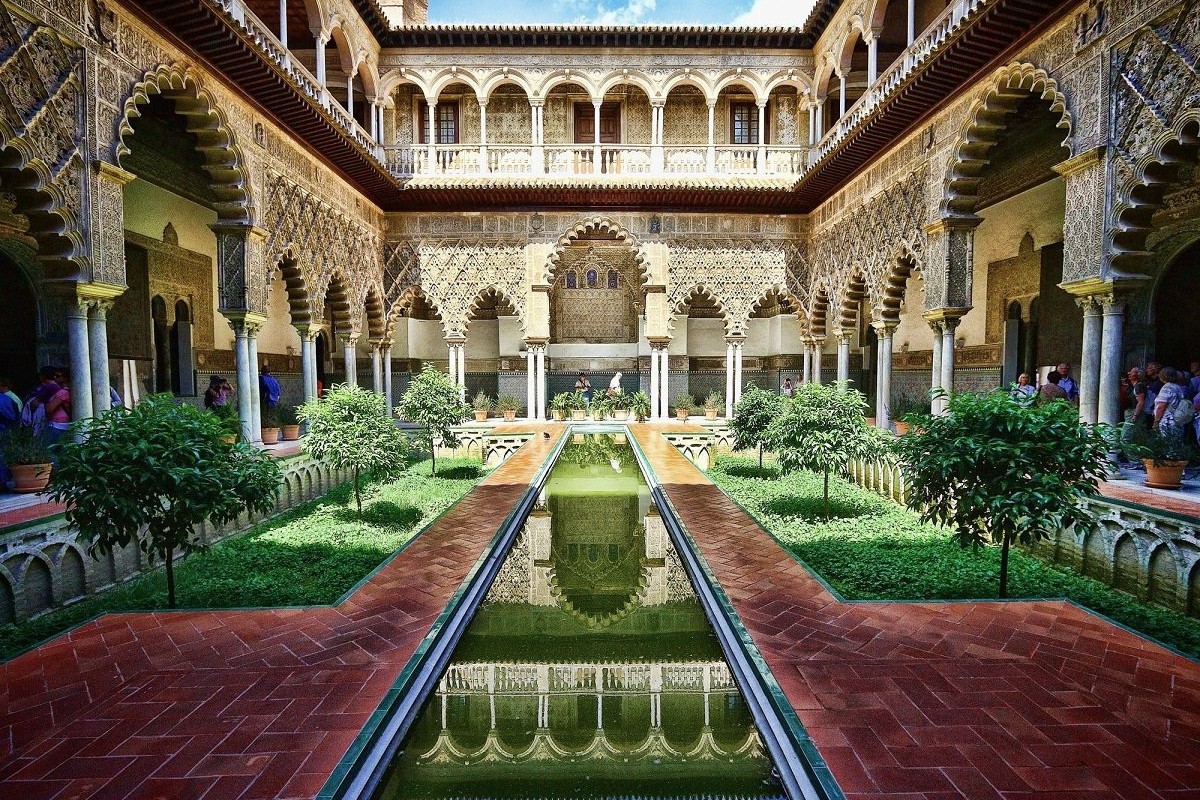
06 Sep An irreverent History of Tourism in Spain
The first tourists came to the Iberian Peninsula well over two thousand years ago. And while the concept of package tours was still a twinkle in some far off genius’ eye, as is the case today, many of these pioneer tourists were seduced by the climate and the Peninsula other charms. After years of arduous touristic exploration, they settled in the most advantageous sites to begin a modest (by today standards) but prosperous trade activity.
The first tourists to come “en mass” were the Romans. Conscientious to a fault of their responsibility to future generations of tourists, they founded Pamplona (so there would be a place for the running of the bulls), constructed the walled city of Lugo (to control the debauchery of future generations of Gallegan youth), the aqueduct of Segovia, the Theatre of Merida, as well as a myriad of other “ruins” that have withstood the ensuing trample of touristic feet with astonishing success. As with all good tourists, when they returned home they did so with souvenirs, principally gold and silver, olive oil and wine.
But the tourist trade is volatile, depending on the whims of the gods of economy and politics. The wave of Roman tourists was replaced by that of the Visigoths. They were not as rich culturally and economically as the Roman´s during their hay day, leading many bad tongues to talk of cheap tourism, but the fact is the Visigoths had the foresight to convert to Christianity so the Crusaders could later beat back the wave of Islamic tourists coming from the south and save the Iberian Peninsula for future generations of Western tourists. Of course, this was not done in a
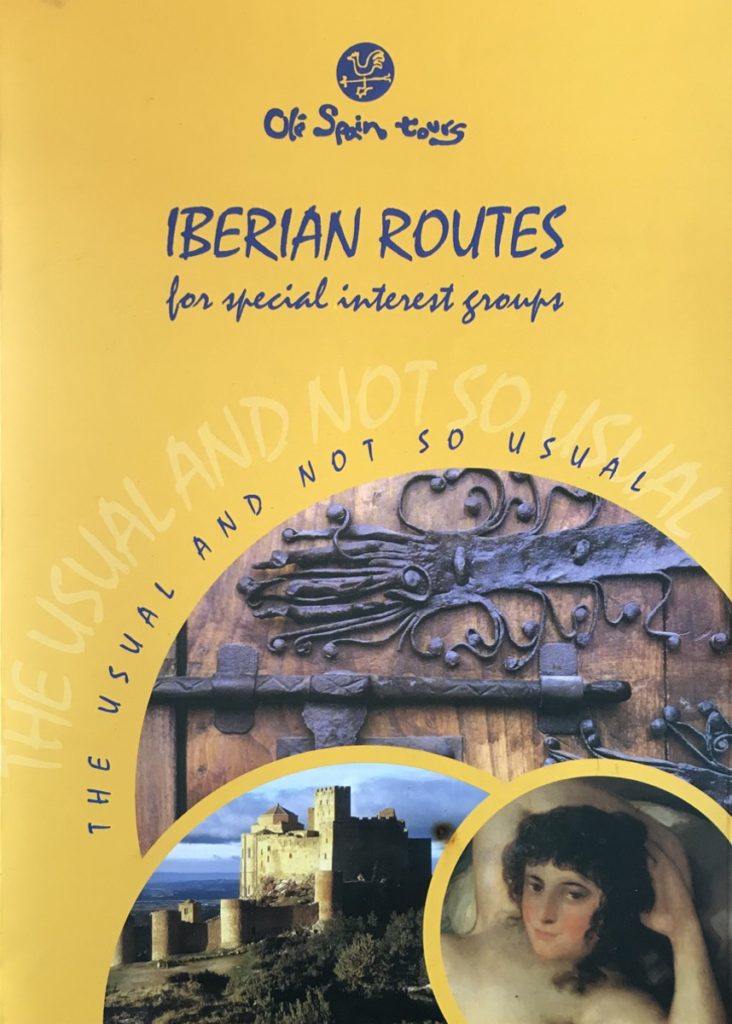
day it took over eight centuries, and while waiting to be expulsed, the Moors spent their idle hours creating a unique and splendorous touristic legacy (Cordoba’s Mosque, Seville’s Golden Tower, Granada’s Alhambra).
All of the Iberian Peninsula was not, of course, Christians and Moors. For over a millennium, the Sephardi had been contributing to Spain´s touristic legacy, while living in harmony with the numerically larger contemporaries. At moments, live as a tourist was perhaps simpler and less dangerous back then, fortunately, as this tranquil coexistence allowed for the construction of baths and synagogues in such cities as Toledo, Cordoba and Girona for the future generations of tourists.
But the winner takes all, including tourism. The Christians turned nasty and deported the remaining Moors and Sephardi ( or insisted on their conversion), and then, following the tentative ventures of Columbus, began an unprecedented wave of outgoing touristic fervour that changed the face of the international touristic trade for generations to come. But things were happening on the national touristic level as well. A flurry of religious activity provided future tourists with a plethora of Romanesque churches, monasteries and cathedrals along the pilgrimage route of the Way of Santiago, and shortly after the church coffers were resplendent enough to erect the magnificent Gothic cathedrals of Leon, Toledo and Seville.
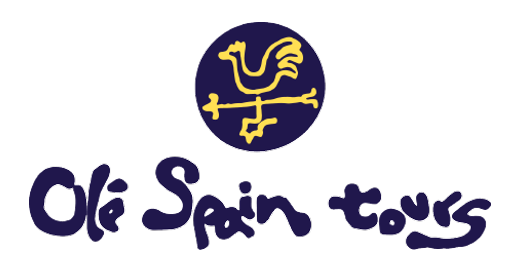

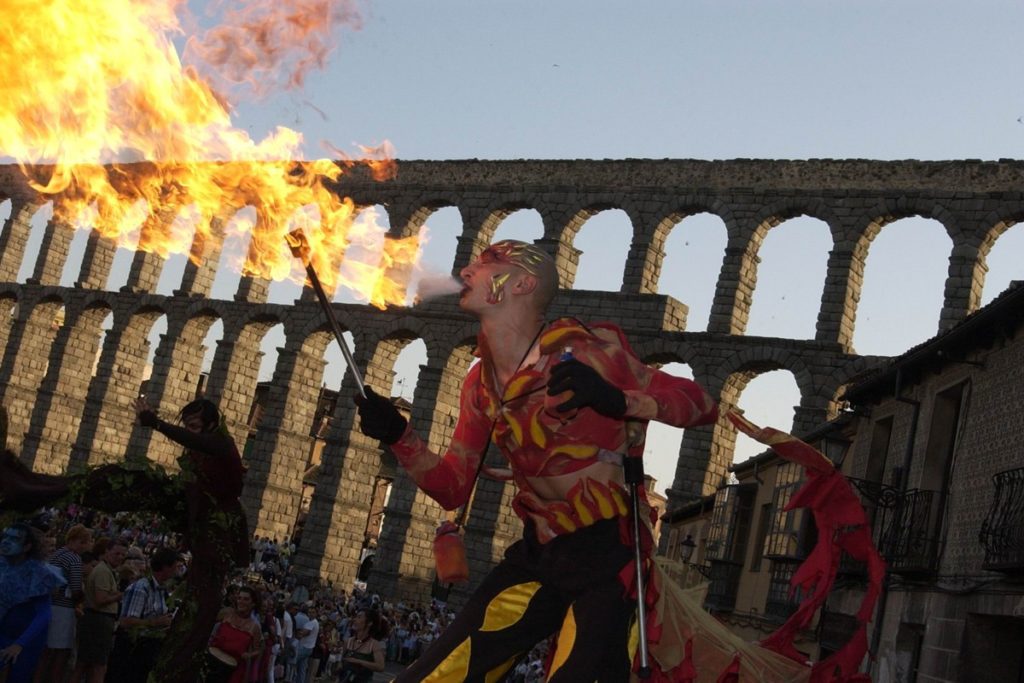
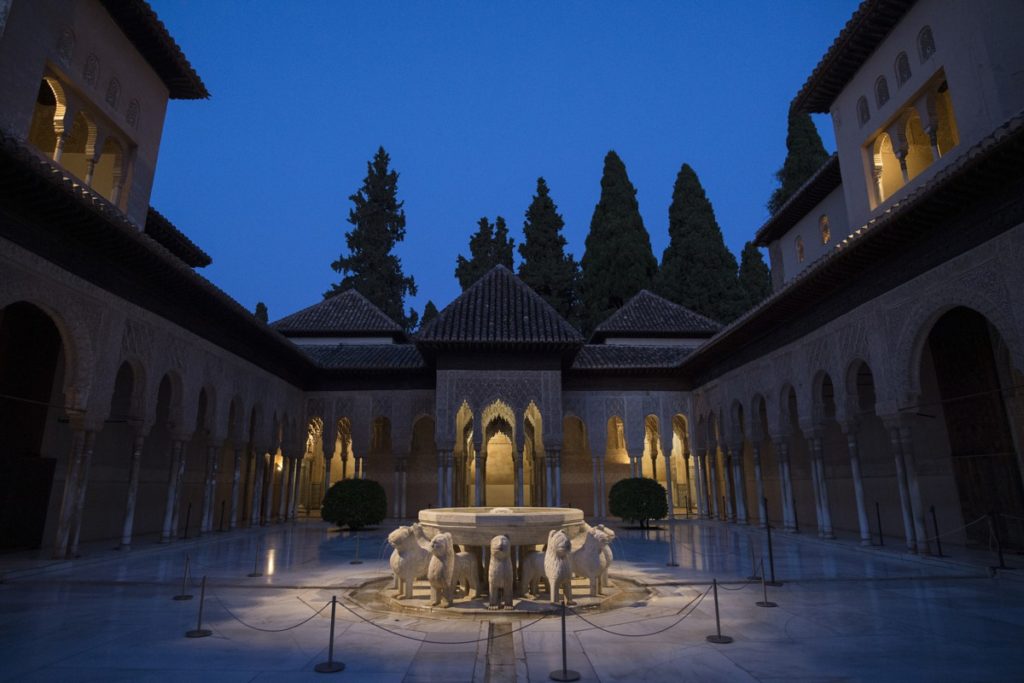
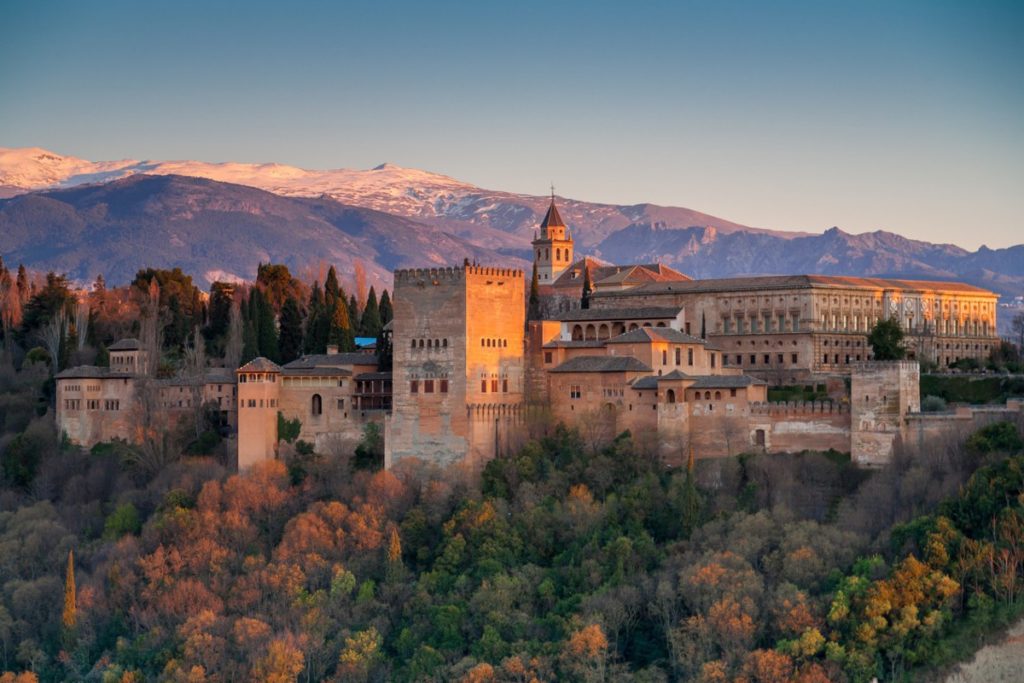
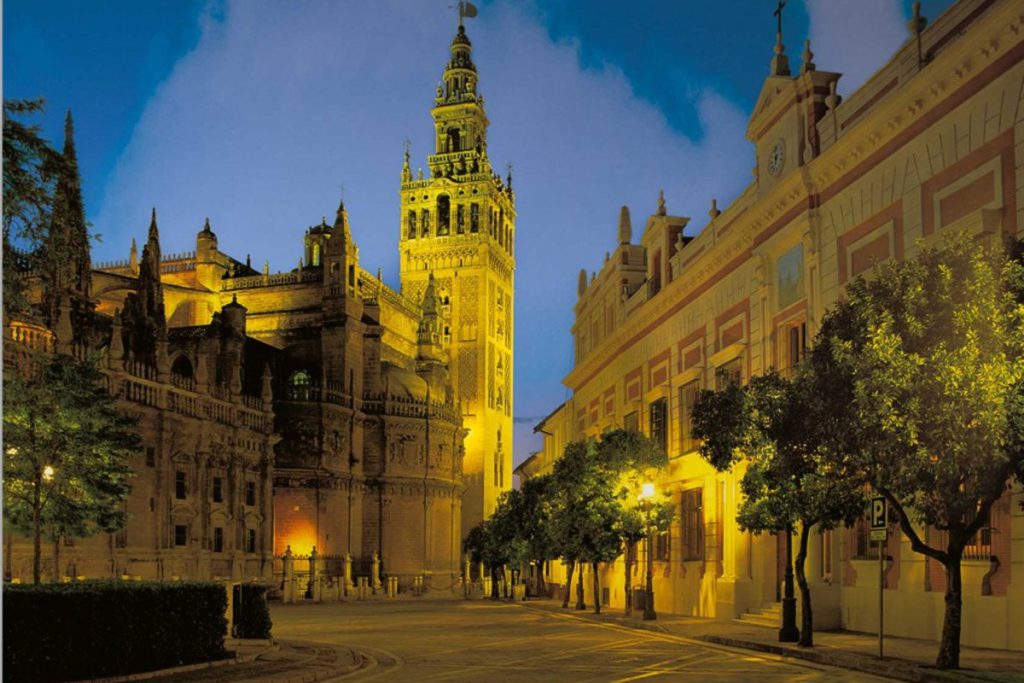
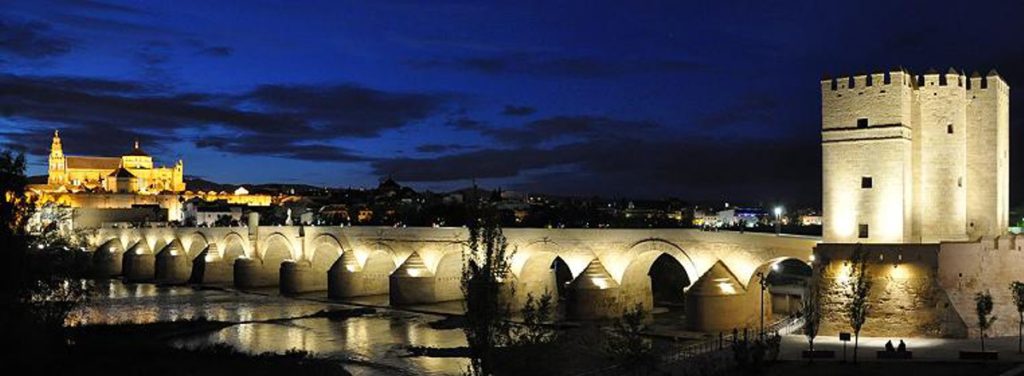
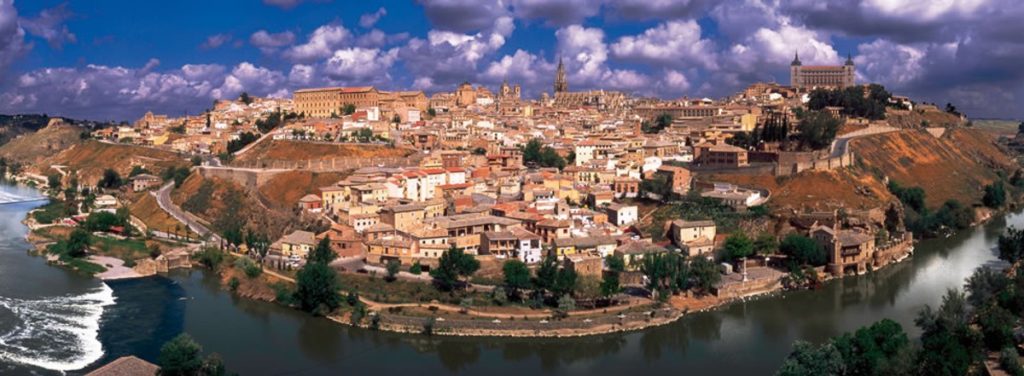
No Comments